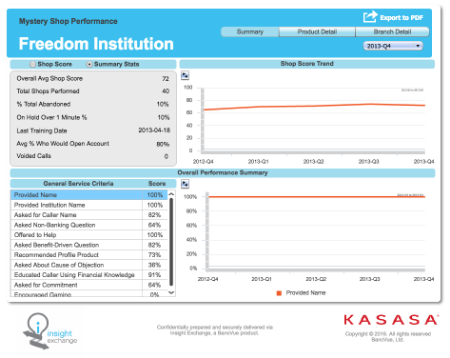 As the flagship Business Intelligence platform for the company, the original Insight Exchange suffered from lack of adoption internally and externally. I was hired explicitly to remedy this. See article on UX Mastery for more >>
As the flagship Business Intelligence platform for the company, the original Insight Exchange suffered from lack of adoption internally and externally. I was hired explicitly to remedy this. See article on UX Mastery for more >>
The existing product had been built without user input and on an old, deprecated technology stack, which made the decision to start over from scratch the right one.
Our new effort would put the user at the center, understanding how they measure success at a high level first. We discovered that logging into a separate system wasn't the main problem (something users originally told us). It was that the tool wasn’t very useful because key performance indicators were hard to decipher and often required too many hoops to jump through in the way of unusual design patterns and visualizations. Our internal consultants weren’t even using it, preferring their own home-grown Excel solutions to this clunky, antiquated offering.















